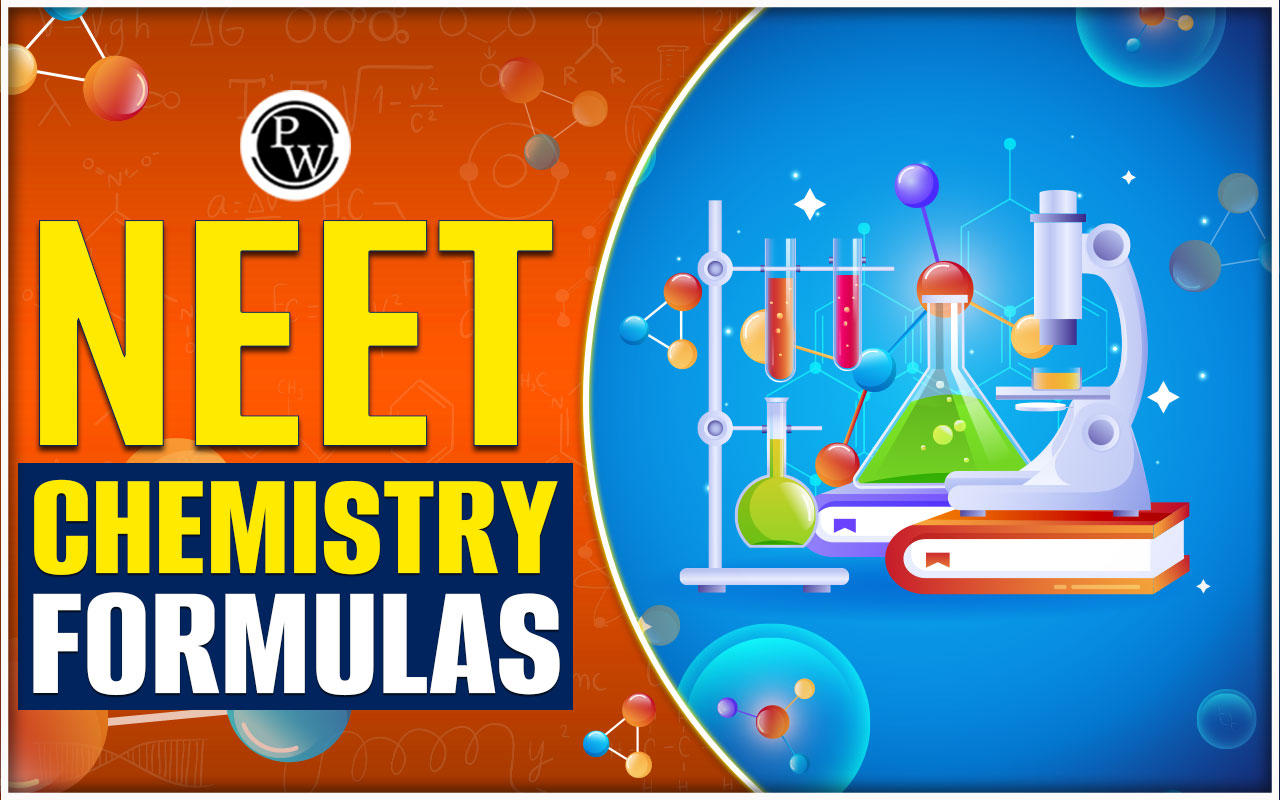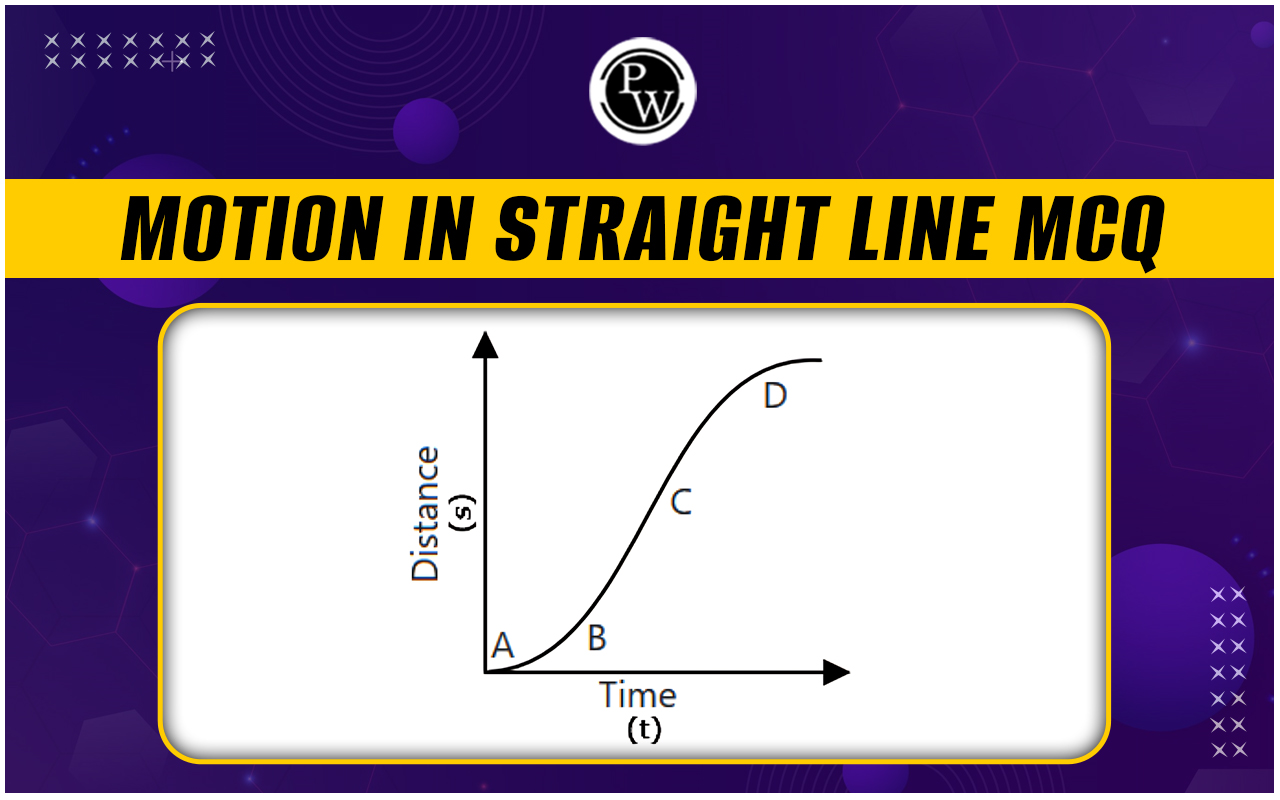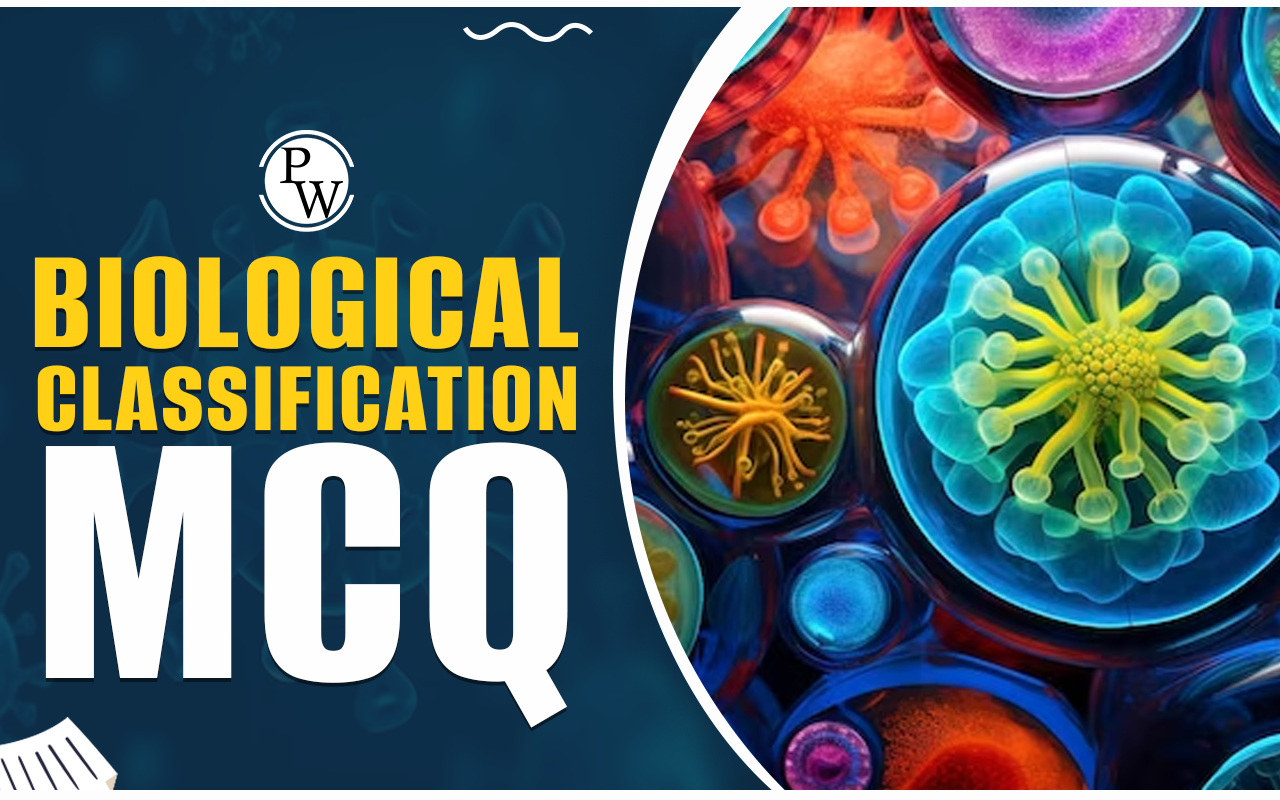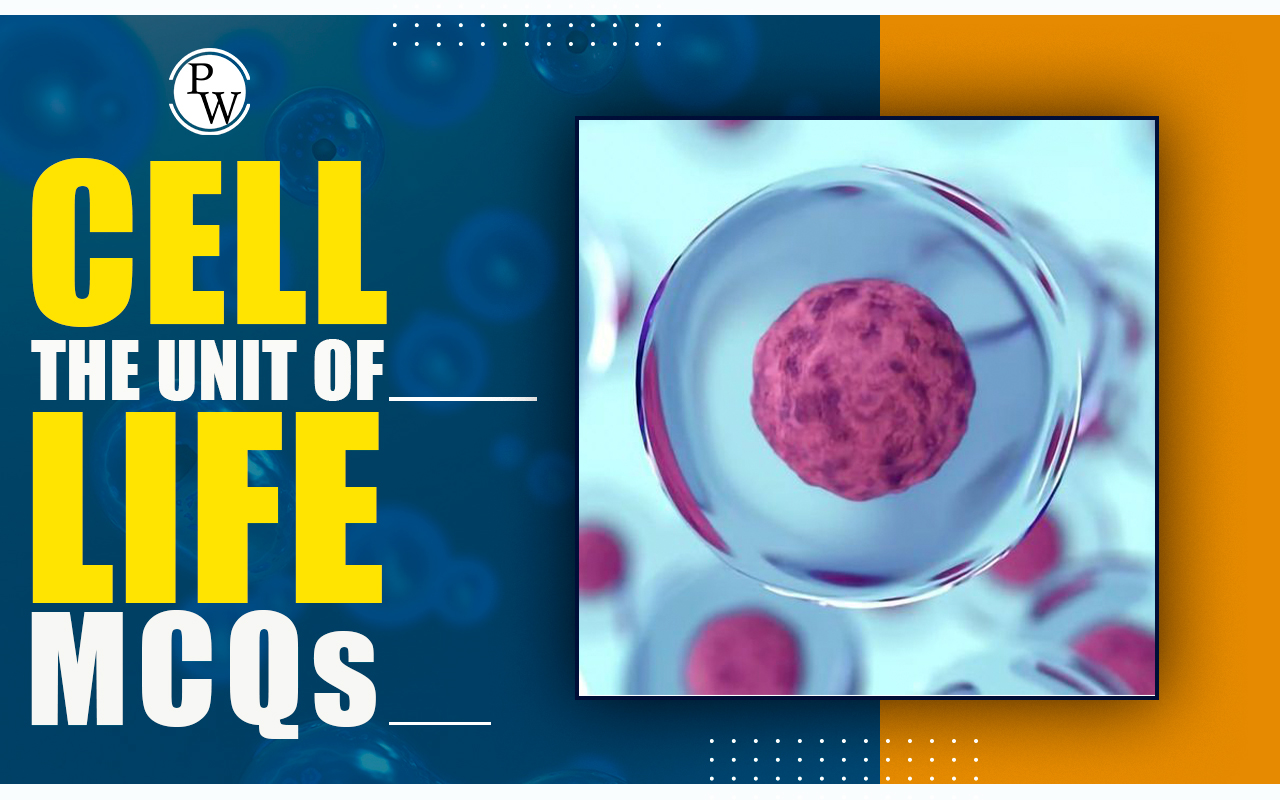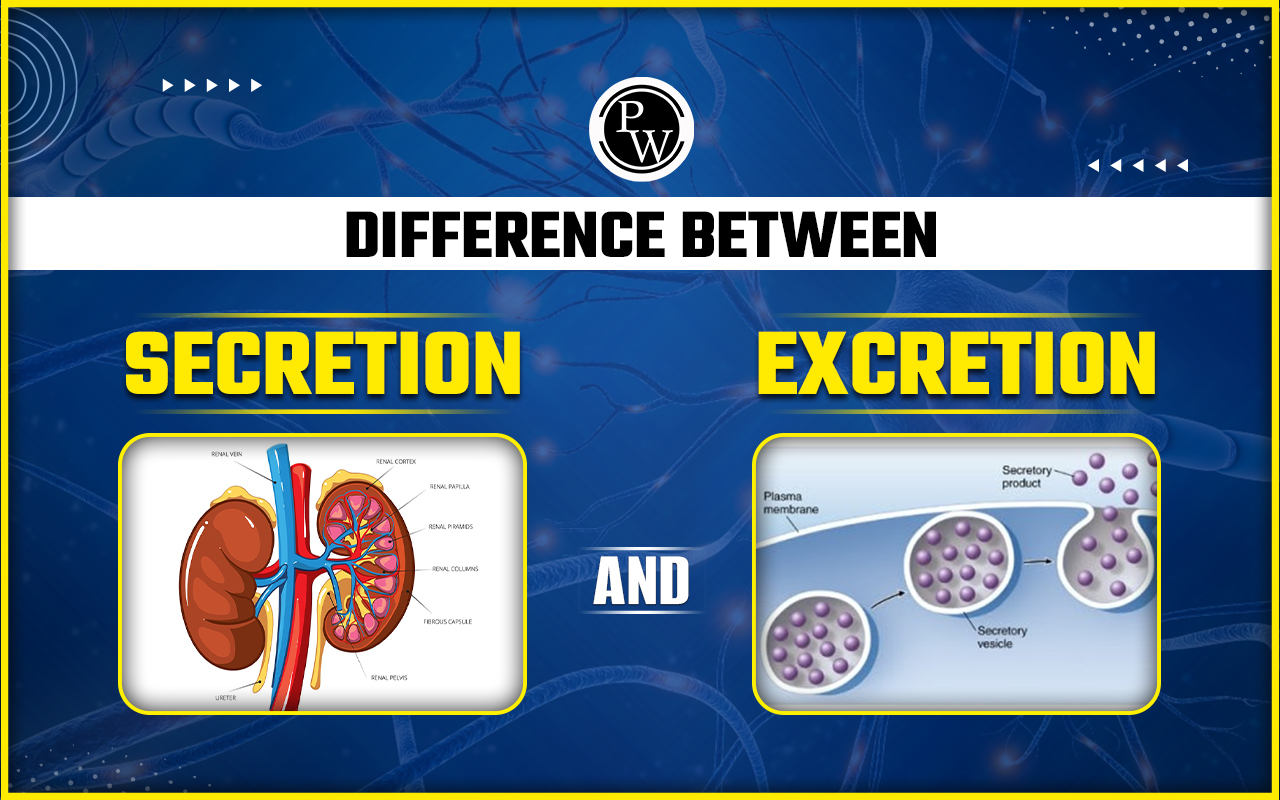
Difference Between Secretion and Excretion: Secretion and excretion play vital roles in material movement within the body, essential for maintaining its balance. The main distinction is that secretion transfers materials within the body, whereas excretion eliminates waste that serves no purpose.
| NEET Biology Syllabus | NEET Biology Diagrams |
| NEET Biology MCQ | NEET Biology Chapter wise Weightage |
| NEET Biology Notes | NEET Previous Year Question papers |
Secretion is an active process, while excretion is passive. Tears, sweat, carbon dioxide, urine, and feces are all examples of excreted substances, whereas secretions include saliva, hormones, and enzymes. Read the article below to learn more about the difference between secretion and excretion.
Difference Between Secretion and Excretion Overview
The difference between Secretion and Excretion lies in what they do in our bodies. Secretion occurs when certain substances are released from body parts, such as glands, into the bloodstream or elsewhere. This includes substances like hormones and saliva. On the other hand, excretion is the process by which waste materials are removed from our bodies. This includes substances such as urea and carbon dioxide. These substances circulate throughout our bodies during both processes. When our bodies secrete something, it produces and releases substances that are necessary for various functions. For example, our glands release hormones into the bloodstream, which then travel to various body parts to perform important functions. Saliva is another secretion that keeps our mouth moist and aids in digestionExcretion, on the other hand, is the process of eliminating waste materials from our bodies that are no longer required. For example, when we exhale, we release carbon dioxide, a waste product produced by our cells. Our kidneys also play an important role in excretion by removing waste products such as urea from our blood and converting them into urine, which we eliminate when we use the restroom. So, while secretion is the release of important substances, excretion is the removal of waste materials to keep our bodies healthy and balanced.
Difference Between Secretion and Excretion
A variety of intricate processes occur within the human body. Secretion and excretion are frequently confused because their definitions are similar. While both involve the movement of substances within the body, their roles differ significantly. Excretion is the removal of waste materials that are no longer beneficial to living organisms, whereas secretion is the transportation of materials from one body region to another. It is essential to understand these fundamental definitions in order to effectively difference between secretion and excretion. The following table shows the difference between secretion and excretion.| Difference Between Secretion and Excretion | ||
|---|---|---|
| Characteristic | Secretion | Excretion |
| Definition | The process of glands or cells producing and releasing beneficial substances within the body. | The process of the body eliminating metabolic waste products such as carbon dioxide and urea. |
| Active/Passive | Active | Passive |
| Organs | Salivary glands, digestive glands, endocrine glands, pancreas, liver, gallbladder | Rectum, lungs, tear ducts, skin |
| Products | Hormones, gastric juices, saliva, enzymes | Carbon dioxide, sweat, tears |
| Role | Essential roles in metabolism and physiological processes | Rids the body of waste products, maintains internal balance and health. |
Secretion
Secretion is the creation and release of substances from cells, glands, or organs. Humans produce secretory products like enzymes, hormones, and saliva. Endocrine glands secrete hormones, whereas gastric glands in the stomach lining produce enzymes. Hormones are released into the bloodstream to reach their target sites and control biochemical processes. Saliva provides lubrication, moisture, and protection. The Golgi apparatus helps to produce and release secretory substances within cells. Secretion occurs through a variety of pathways:- Lysosomes: Often considered important for waste removal, lysosomes also play a important role in secretion. Certain specialized cells use the lysosomal secretory pathway, like blood stem cells and pigment cells. Lysosomes can fuse with cell membranes to release their contents, but this process requires specific proteins.
- Transport through the membrane: In some cases, transporter proteins help proteins in the cytosol move across the cell membrane. This method avoids vesicle packing and delivers products individually via specific membrane proteins.
- Porosomes and the Golgi pathway: Secretory products are synthesized in the endoplasmic reticulum and packaged into lipid bilayer transport vesicles. The Golgi apparatus modifies these vesicles before packaging them into specialized secretory vesicles.
Excretion
Excretion is the body's process of eliminating metabolic waste products like carbon dioxide and urea. Excretion helps to control osmotic pressure and ensure homeostasis within an organism's internal environment by maintaining the acid-base balance, and regulating inorganic ions and water. While protozoans, such as amoeba, use diffusion to eliminate waste, higher multicellular species have specialized excretory organs. The kidneys are the primary excretory organs in vertebrates, eliminating urine and regulating body water levels, with support from the liver, lungs, and skin in humans. Sweat glands in the skin excrete small amounts of water, salt, and urea.Difference Between Secretion and Excretion FAQs
What are some examples of secretion?
Endocrine glands release hormones directly into the bloodstream, allowing them to be transported to specific target sites and exert their effects. The majority of secretions occur internally, but some are visible externally, such as tears and sweat. Gastric glands are made up of four distinct cell types that secrete substances necessary for digestion.
What distinguishes secretion from release?
Hormones, which are synthesized by endocrine glands, are secreted into the bloodstream and transported to specific cells and tissues, where they elicit physiological responses. The terms "secretion" and "release" are frequently used interchangeably, especially when it comes to hormone discharge into the blood.
What role does secretion play in the excretory system?
Secretion, which occurs primarily in the proximal tubule segment of the nephron, is the selective transport of molecules from the bloodstream into the urine. Secreted substances include potassium ions, hydrogen ions, and a variety of xenobiotics.
What constitutes the process of excretion?
Excretion is the removal of waste products and excess water from the body, which is essential for maintaining physiological balance. The excretory system organs, such as the kidneys and skin, aid in this critical physiological function.
Why is excretion significant?
Excretion is the body's primary mechanism for removing metabolic waste and maintaining internal balance. Plant excretion includes the release of harmful gases, the storage of specific waste products, and the diffusion of metabolic byproducts into the soil, all of which contribute to ecosystem health and balance.
How is urine formed?
The nephrons within the kidneys execute urine formation through a complex process involving filtration, reabsorption, and secretion. Urine composition typically comprises approximately 95% water and 5% waste products, including nitrogenous compounds like creatinine, ammonia, urea, and uric acid.
Free Learning Resources
PW Books
Notes (Class 10-12)
PW Study Materials
Notes (Class 6-9)
Ncert Solutions
Govt Exams
Class 6th to 12th Online Courses
Govt Job Exams Courses
UPSC Coaching
Defence Exam Coaching
Gate Exam Coaching
Other Exams
Know about Physics Wallah
Physics Wallah is an Indian edtech platform that provides accessible & comprehensive learning experiences to students from Class 6th to postgraduate level. We also provide extensive NCERT solutions, sample paper, NEET, JEE Mains, BITSAT previous year papers & more such resources to students. Physics Wallah also caters to over 3.5 million registered students and over 78 lakh+ Youtube subscribers with 4.8 rating on its app.
We Stand Out because
We provide students with intensive courses with India’s qualified & experienced faculties & mentors. PW strives to make the learning experience comprehensive and accessible for students of all sections of society. We believe in empowering every single student who couldn't dream of a good career in engineering and medical field earlier.
Our Key Focus Areas
Physics Wallah's main focus is to make the learning experience as economical as possible for all students. With our affordable courses like Lakshya, Udaan and Arjuna and many others, we have been able to provide a platform for lakhs of aspirants. From providing Chemistry, Maths, Physics formula to giving e-books of eminent authors like RD Sharma, RS Aggarwal and Lakhmir Singh, PW focuses on every single student's need for preparation.
What Makes Us Different
Physics Wallah strives to develop a comprehensive pedagogical structure for students, where they get a state-of-the-art learning experience with study material and resources. Apart from catering students preparing for JEE Mains and NEET, PW also provides study material for each state board like Uttar Pradesh, Bihar, and others
Copyright © 2025 Physicswallah Limited All rights reserved.




